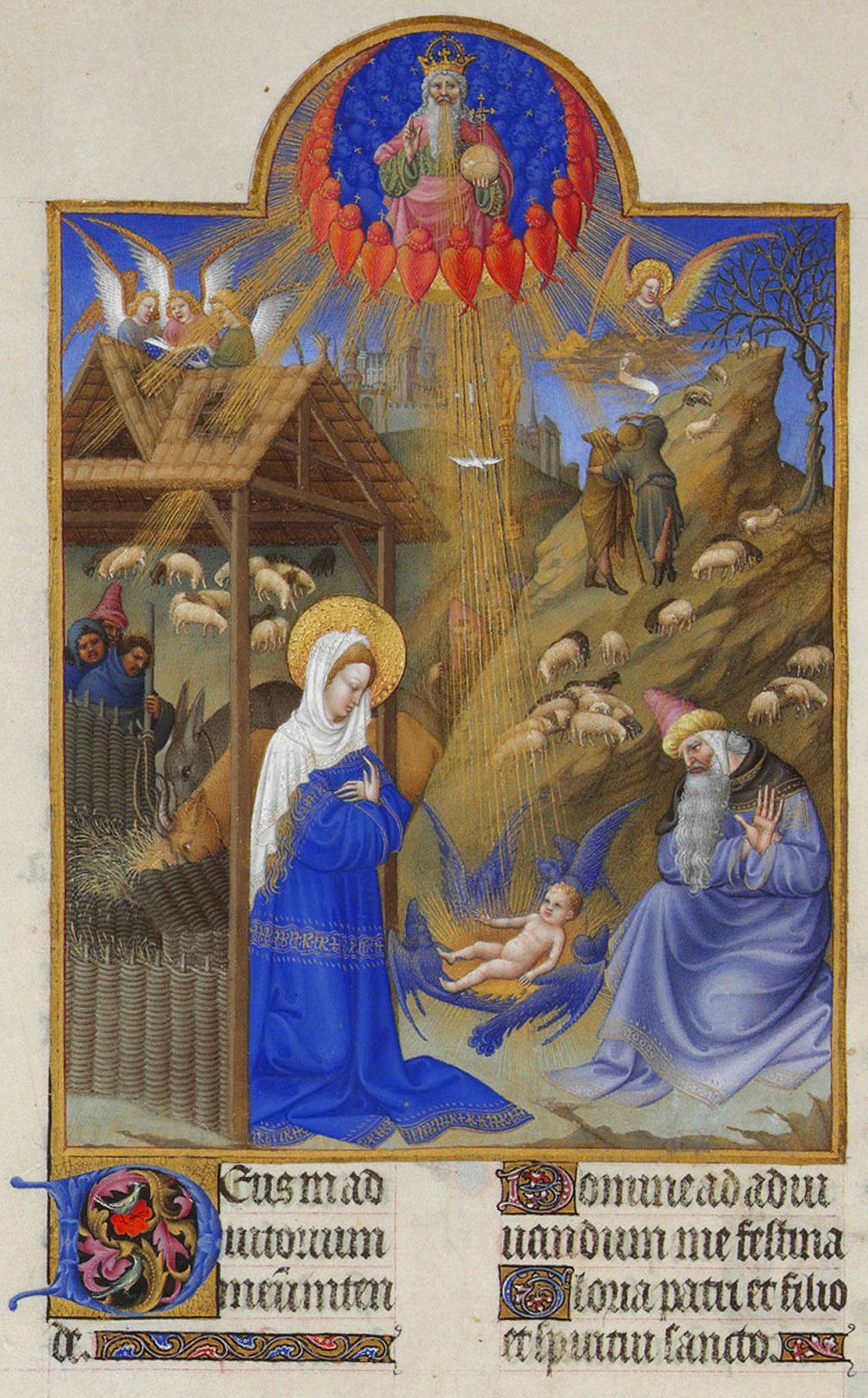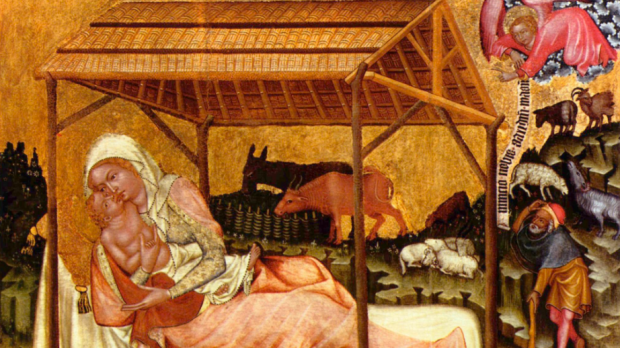Nowadays, we celebrate Christmas in quite a festive mood. It is, after all, “a season to be jolly.” We exchange gifts with one another, visit our relatives, gather the family together and, let’s face it, often end up overdoing the amounts of food and drinks we consume at our holiday parties.
But Christmas celebrations were not always like this. In an exceptional post published by HistoryExtra, professor Matthew Champion of St. Catharine’s College (Cambridge) puts certain issues in perspective.
To begin with, the celebration of Christmas was always important, although for medieval Christians the celebration of Easter and even the Feast of the Annunciation — celebrated every 25th of March — were considered dates that were, if not more relevant than the Feast of the Nativity, at least as important.

But that does not mean that the holiday season went unnoticed, swept under the table, as it were. On the contrary, Christmas, far from being celebrated on a single day, covered twelve, from December 25th to January 6th, the feast of the Epiphany (our Three King’s Day), but — and here’s the twist — the season was preceded by a strict month of fasting. In fact, Advent was also a month of penance, preparation and abstinence, almost as strict as Lent, thought of not only as a special time of preparation for the coming of Christ, but also on the imminence of the Second Coming, giving the holiday season an eschatological dimension. Advent, thus, was a time of explicit emphasis on personal conversion.
That’s the reason gifts were usually distributed on New Year’s Eve. Forget about those gifts under the tree, waiting to be opened on Christmas Day. Actually, there is barely any evidence of Christmas trees except for a few mentions in some manuscripts of the late Middle Ages. It wasn’t until the 19th century that Christmas trees finally became popular. Until then, decorating your house with branches of holly, ivy and candles, and building a small crib, following the tradition initiated by St. Francis of Assisi, was the way to go.
If you want to read the original post, as published by HistoryExtra, click here.

